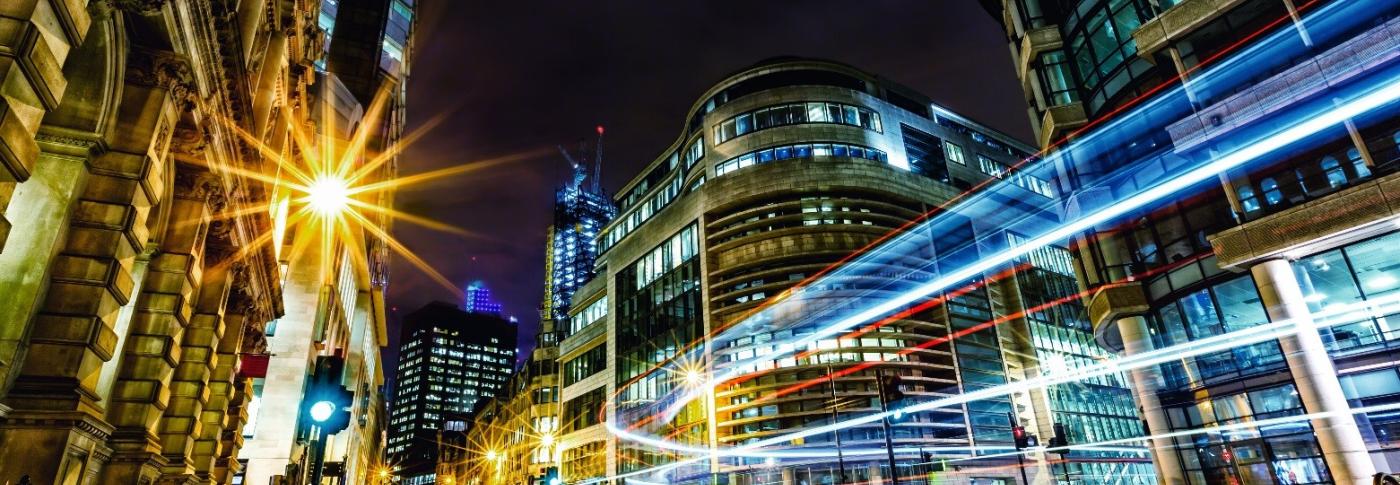
Distributed ReStart: making it possible to reboot Britain’s grid through low carbon tech
13 Apr 2021 - 4 minute read
It’s the most important back up plan you’ve never heard of, and we’re transforming it to be fit for a future electricity system. Our expert Peter Chandler explains how.
In Britain we have one of the world’s most resilient electricity networks, with a reliability rate of over 99.9%. We’ve never had a nationwide blackout, but we take nothing for granted when it comes to keeping the country’s lights on.
That’s why we have a robust plan – black start – to restore power to the country as quickly as possible in the unlikely event of a complete electricity system failure.
What is black start? It’s our most important backup plan. It allows us to fire up the electricity system after a total blackout, using auxiliary generators to kick-start bigger ones to create ‘islands’ of power which connect together to gradually restore the transmission network.
For black start we’ve traditionally relied on keeping coal and gas fired power stations in state of readiness to respond if needed.
As we move towards our ambition to operate a zero carbon electricity system, however, we need a black start alternative that isn’t dependent on fossil fuel.
We’ve already started broadening the number of generators able to provide black start services, shoring up our base of providers and improving value for consumers.
Using distributed energy for black start
The next big step in our capability will be through our Distributed ReStart project, which I’m privileged to be leading on in partnership with SP Energy Networks (SPEN) and TNEI Services.
Distributed ReStart is a world first. We’re exploring how distributed energy resources (DERs) such as solar, wind and hydro, can be used to deliver black start.
What are DERs? Distributed energy resources (DERs) are connected and provide power to regional networks rather than to Britain’s main transmission system, improving the flexibility of the grid and its ability to draw on energy resources beyond the larger centralised power stations.
Instead of the traditional ‘top down’ approach to black start which creates islands of thermally-generated power, using DERs in this ‘bottom up’ way would generate clusters of clean power on local networks. This would scale up to the high-voltage transmission lines, gradually restoring grid power.
But this is a huge engineering challenge. The project’s network restoration experts are working hard on tackling the obstacles associated with getting Britain’s grid back on its feet using DER alone.
We’re now in the final year of this three year Ofgem-funded initiative, and our latest project progress report highlights how far we’ve come.
The live trials stage
The next stage is most exciting and challenging yet – running live trials. This is where we’re going to test how well the project’s detailed modelling and design work translates to real scenarios.
The live trials will really stretch our engineering capability, but success will mean an enormous boost to global decarbonisation efforts
Our project partners SPEN have already run one trial successfully using a hydro power station, and we have several more planned over the summer.
The trials will simulate re-energisation of the network using a biomass generator, a hydro station, a grid-forming battery and several wind farms – and they’re designed to be as challenging as possible to really stretch our engineering capability.
We’re anticipating there being obstacles along the way, and having to go back to engineering basics to overcome some of them as we re-think the restoration process for a future grid.
It’s not something we’re doing alone, though. The project team has had fantastic support from industry – from the telecoms aspects of the project to the DERs themselves – all keen to see the initiative succeed.
Our live trials will be a major milestone, showcasing for the first time anywhere in the world how a black start process could work using distributed energy.
Making Distributed ReStart a success will be an enormous boost to global efforts to decarbonise power systems, and in helping the UK to meet its ambitious net zero targets.
Catch up with the latest on the Distributed ReStart project in its new series of podcasts, with more fascinating insight into the live trails stage.
